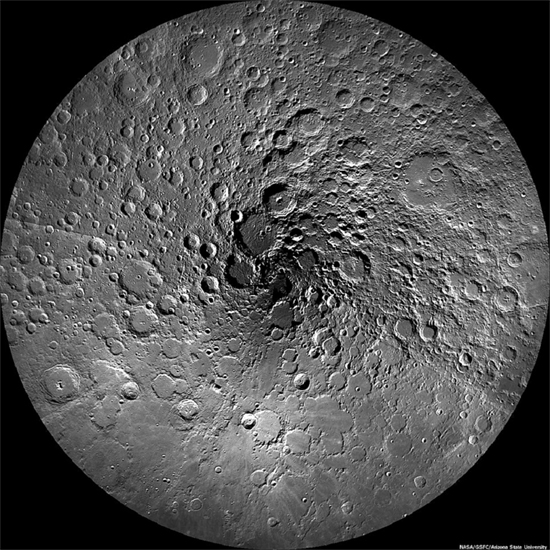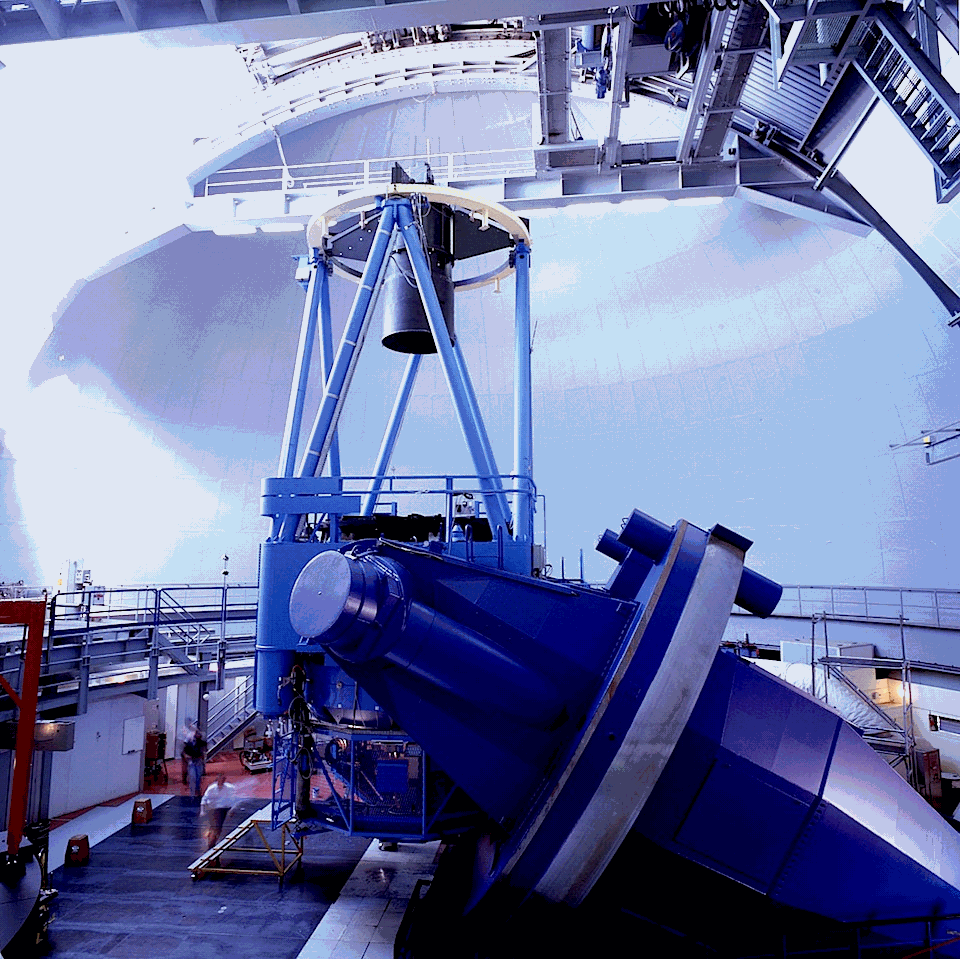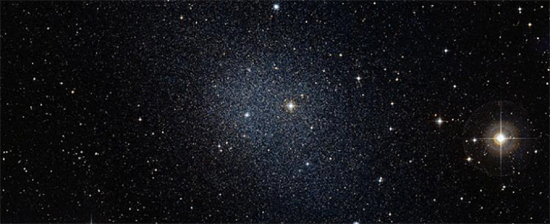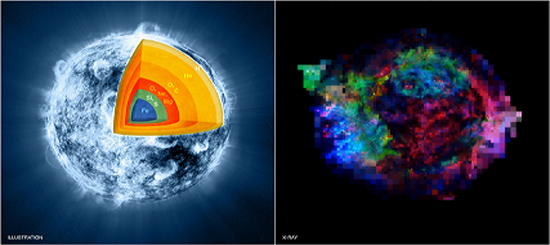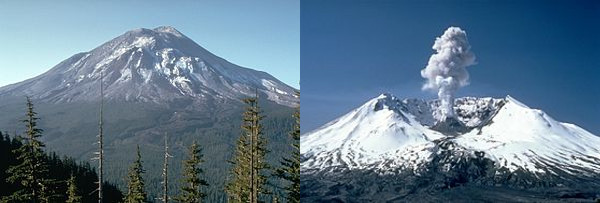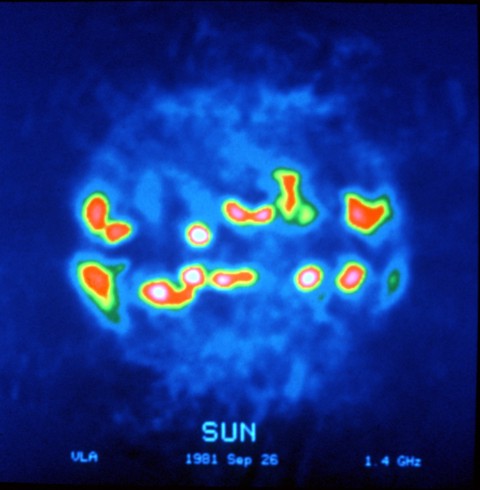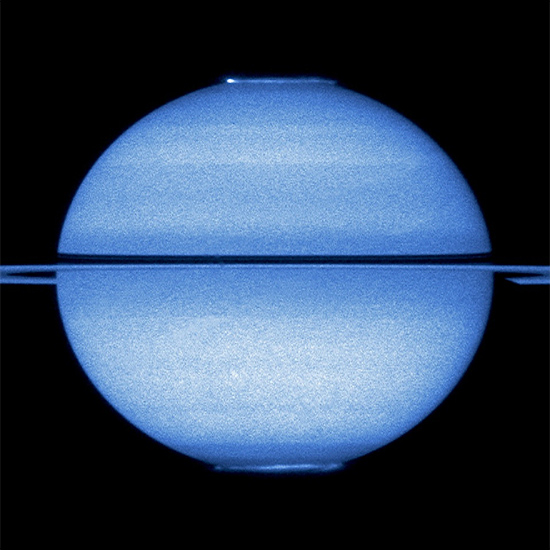Suspending Disbelief
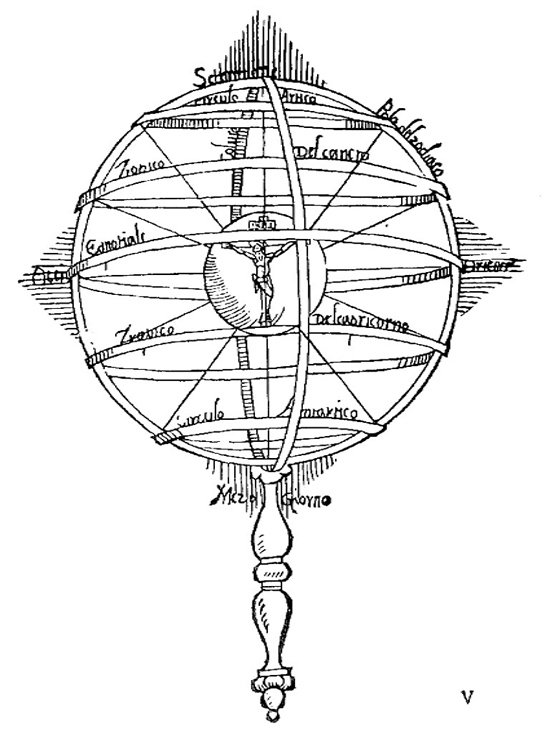
Apr 06, 2012 A sky-high column of glowing plasma has influenced countless religious ideas. The mediaeval scholar-monk Johannes de Sacrobosco (c. 1195 – c. 1256) was a renowned computist – expert in the calculation of the correct date of Easter in the Christian calendar. His Tractatus de Sphaera (c. 1230) contained…





